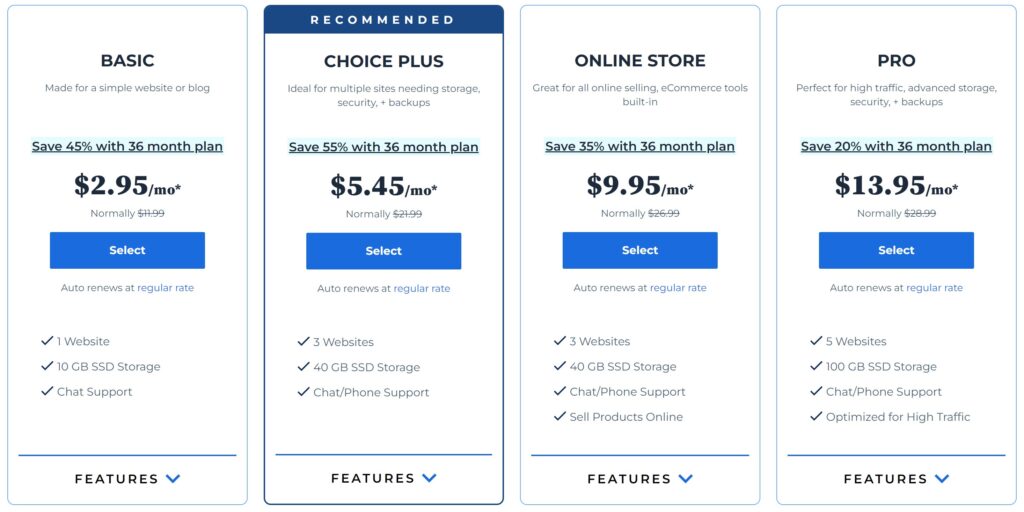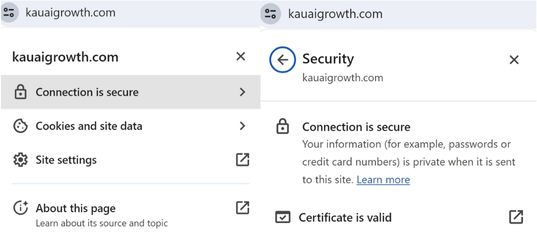
Essential Website Components: Emphasis on the crucial elements of a website, including a domain and hosting. The importance of choosing the right package from hosting providers.
Technical Considerations: such as the Domain Name Server (DNS) settings, website security (SSL), and the necessity of regular website backups.
Importance of Professional Assistance: The significance of hiring a web designer or developer for setting up and maintaining the website.
Custom-Coded Websites for Medium and Large Companies: Custom-coded websites benefit medium and large businesses more than website builders.
Empowering Non-Techie Decision-Making: Empower non-techies by providing valuable insights to aid decision-making when creating a website. It encourages making informed choices based on a better understanding of essential components, technical considerations, and the potential benefits of custom-coded websites.
What Goes Underneath A Website
Nowadays, websites are everywhere. Every business should have one; if they don’t, they lose out on potential sales for future customers looking for their specific service or product. But it takes more than just understanding what you sell to have a website, and it proves to be incredibly difficult for someone who may need more technical skills with today’s technologies.
Most businesses can get away from being involved in too many technical details by using a website builder, and some companies that are more in the medium or large business group would require something that’s more custom-coded; we’ll get into that later. Even with website builders and custom-coded websites, knowing a few basic things is essential to ensure you position your business to become a part of the digital community.
Dispelling The Technical Jargon That Is Domain and Hosting
First, let’s review some of the main topics required for a website, a domain, and a host. A domain is simply what you type in the URL when searching for something or what you are commonly used to seeing. (For some examples, “google.com,” “apple.com”, “amazon.com”) These are the places where people can find your business, but it takes a second step for them to enter it.

That domain needs to be placed in what we call a “digital store-front” or hosting, which takes place underneath a website. Think of it as rented space in the online world. Without it, you just have an online business name that will not appear when you look it up, especially in the search results. Hosting is a server; for non-techies, it acts as your rented space to put your domain in for people to enter.
A domain and hosting typically can be bought by a hosting provider, such as GoDaddy, BlueHost, and HostGator, to name a few. For the sake of this article, we will use BlueHost as screenshots for examples.
Starting Out? Go With The Basic Package.
Choosing the right domain and hosting is important to understand when having a business, especially knowing what package is inside them. I’d recommend that companies starting out use the basic packages that these hosting providers use first, which can be upgraded further down the line because to get started you might not get a ton of traffic in the beginning and is a perfect position to have that goes underneath a website.

These packages that the hosting providers give are options to contain a sizeable amount of things that is required underneath a website to run efficiently, such as the amount of storage your website has, if it comes with a security certification (which we refer to as SSL), if you can create with the website builder you are looking for, access to faster loading times (which will be crucial with helping your business rank on Google), just to name a few.
Say that you already have the package you are looking for, signed up, and are ready to go.You should consider some of these terms to make sure your website runs smoothly as possible.
The Domain Name Server (DNS)
Keep an eye on the DNS Settings, which stands for Domain Name Server. What is that? Think of it as the settings you need for your domain to have the right capabilities. Underneath a website, it gives you the ability to tweak or modify connections such as an external email you would want to connect so that your customers can receive emails effectively.

The domain name server, or DNS Settings also go hand-in-hand when connecting to some analytics you may want to check. A popular analytics software is the Google Search Console which looks underneath your website to give you a behavior of how your customer is interacting with your business.
The Website Security
Make sure you have your security enabled for your website, commonly known as the SSL, which stands for Secure Socket Layer. The high level of what happens underneath a website is that it protects your business from potential threats such as hackers that can cause your website to overload and crash. Even with an SSL certificate, including extra security layers to protect it even more might be more beneficial. So make sure you choose a package that contains an SSL as the level 1 security of your website.

Websites Have Databases. Don't Forget To Back Them Up!
All hosting providers give a database for each website hosted on their platforms; What happens underneath a website is it stores information about your customers that you choose to keep track of, formally known as data. It is crucial to know that it exists because, at times, your database can get corrupted, breaking your website and not working again until you or an expert comes in to find the solution to fix it.

We recommend having daily backups to your website so you don’t lose valuable information from the previous days. Not having a backup is like waiting for a disaster to happen; when it does, all the hard work on your website could be lost. So remember to back up your website. Some external plugins can do the trick, and some hosting providers even offer it; just make sure you enable backups and are good to go.
Importance Of Hiring A Web Designer
There are a lot of metrics to cover, and that’s why it is better to have a professional web designer or developer come in and set up what’s underneath a website than having to create it yourself. This can save you more time, money, and frustration down the line.

Websites For Medium And Large Companies
A custom-coded website benefits medium- and large-sized businesses more than a website builder. So, it might not be necessary if you are a small business, such as a brick-and-mortar store. With a big company not having spent on the right developers to maintain and update your site constantly can lose potential sales.

A custom-coded website offers you a whole world of solutions but is not cheap. With a custom-coded website, you can integrate many tools underneath a website and use it to run your business, create efficient logins that are fully customizable, and much more. You can create sales funnels that tie to your email or even incorporate AI into the mix with the help of developer tools. The possibilities are endless.
With a custom-coded website, we recommend always having a developer or a development agency in the loop. The last thing you want your big company to do is lose potential sales because something is continuously crashing.
Conclusion
I hope this provided some value to you if you are non-techie and helped you make a better decision on what goes on underneath a website. Having these terminologies in mind can help you navigate through resources easier and see how you can fix your problem. Or if you take our recommendation, hire a professional web designer to take care of it and not worry about it at all. The last thing on your mind would probably be knowing the skills to update your site; and if you truly wish for your business to grow, it should be highly considered.
Now that we got a good understanding of what happens underneath a website, you should probably consider knowing what you should put in it! You need to attract customers to buy if you want to stay afloat in business right? And you also want them to find you without having to spend a ton on marketing ads.
For now, we gathered some resources for you to get a better understanding of what goes underneath a website, and some of them are very resourceful.



